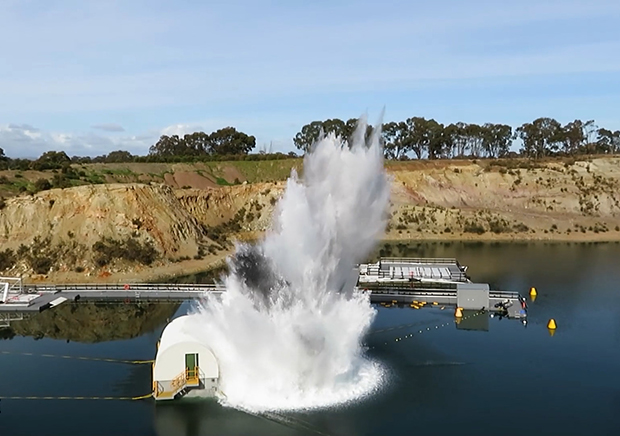
We calculate total annual electricity consumption by summing the electricity use of each of our leased offices. For offices that are not individually metered, we estimate use by dividing the whole building’s consumption by the proportion of the building we occupy. We have reduced electricity use since 2018 by designing more energy-efficient spaces when moving to new offices and by implementing energy-efficiency measures in existing offices.











